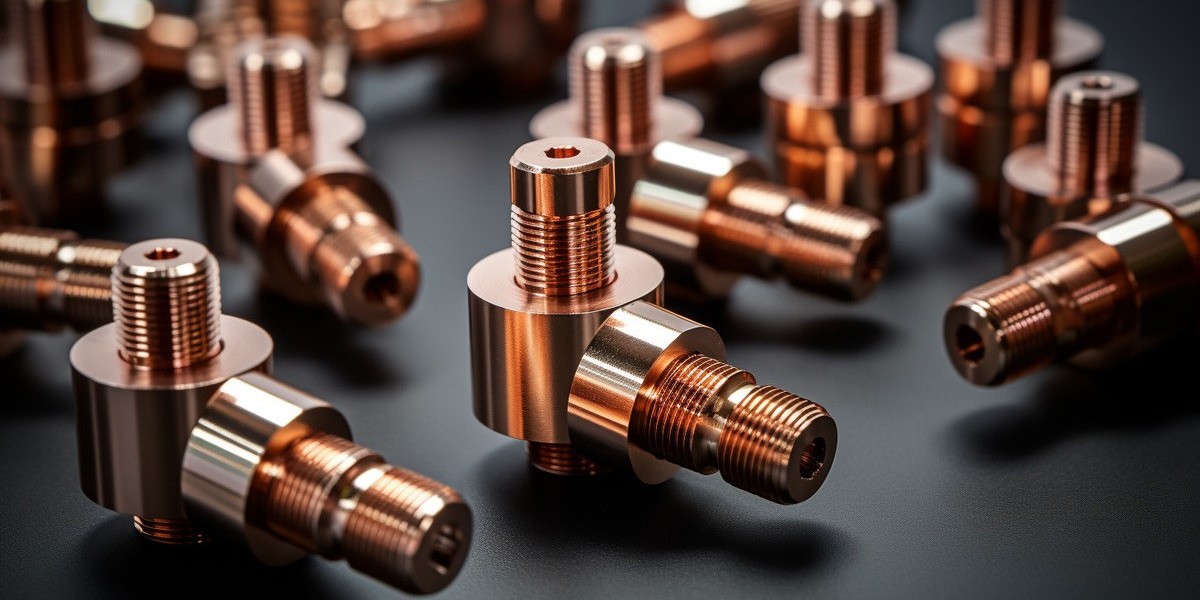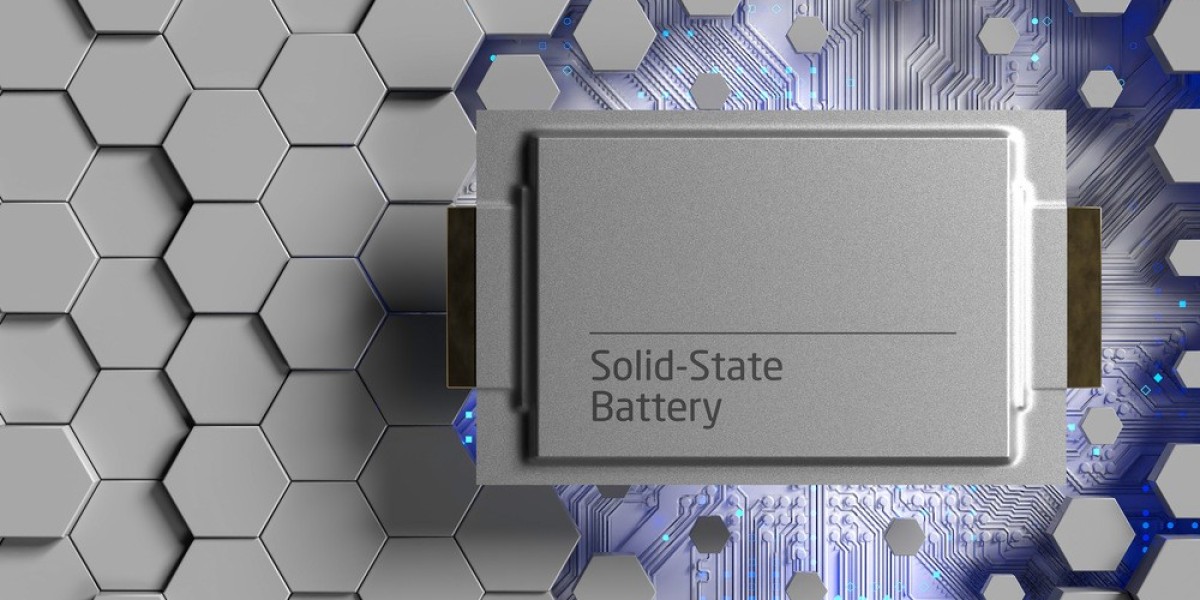CNC (Computer Numerical Control) machining is an advanced manufacturing process that utilizes computer-controlled machines to precisely cut, mill, drill, and shape materials into specific designs. Copper, known for its excellent conductivity, corrosion resistance, and machinability, is one of the materials that is frequently processed using CNC machining. CNC machining copper offers manufacturers the ability to create highly accurate, complex copper parts for industries ranging from electronics to aerospace.
This article explores the advantages of CNC machining copper, the techniques involved, best practices, and the various applications of copper parts produced using CNC technology.
Why Choose Copper for CNC Machining?
Copper has been a key material in manufacturing for centuries due to its excellent electrical and thermal conductivity. These properties make copper an indispensable material in industries such as electrical engineering, automotive, telecommunications, and more. However, machining copper to high precision requires attention to specific factors, such as tooling, cutting speeds, and material handling.
Here are the key reasons why copper is a popular choice for CNC machining:
1. Excellent Conductivity
Copper is one of the best conductors of electricity and heat, making it the preferred material for electronic components, heat exchangers, and electrical systems. This high conductivity also ensures minimal resistance when used in wiring and connectors.
2. Corrosion Resistance
Copper exhibits superior resistance to corrosion, which makes it ideal for use in harsh environments, especially in plumbing, electrical wiring, and marine applications. It is naturally resistant to corrosion from atmospheric elements and many chemicals.
3. Machinability
Copper is a soft metal that is relatively easy to machine. Unlike harder metals like steel, copper can be cut, drilled, milled, and turned with high precision and minimal wear on tools, making it an excellent choice for high-volume production of parts with intricate designs.
4. Malleability and Ductility
Copper can be easily formed into complex shapes, which makes it ideal for applications that require parts with intricate designs or high-tolerance features. Its malleability also ensures it can be bent or shaped without cracking.
5. Recyclability
Copper is 100% recyclable, which makes it an environmentally friendly material. It retains its properties even after being recycled, making it a sustainable choice for manufacturers.
CNC Machining Techniques for Copper
CNC machining of copper involves several techniques, each suited to different types of copper parts. The choice of technique depends on the desired final product, its dimensions, and the required tolerances. Here are the most commonly used CNC machining techniques for copper:
1. CNC Milling
Milling is one of the most common methods for machining copper. A CNC milling machine uses rotating cutting tools to remove material from a copper workpiece to create flat surfaces, complex profiles, or cavities.
Considerations for milling copper:
- Cutting Speeds and Feeds: Copper is a relatively soft metal, which means it can be machined at higher cutting speeds compared to harder materials. Typically, a cutting speed of 200-300 SFM (surface feet per minute) is recommended for copper milling.
- Tool Selection: Carbide tools are typically used for CNC milling copper, as they provide better wear resistance and can maintain sharpness longer than high-speed steel tools.
- Coolant Use: Copper produces a lot of heat during milling. To prevent overheating and maintain tool life, coolant or lubricant should be used during the milling process to help dissipate heat.
2. CNC Turning
CNC turning is used to produce cylindrical copper parts by rotating the material while a stationary cutting tool removes material. This technique is ideal for creating round components such as rods, shafts, and tubes.
Considerations for turning copper:
- Tooling: Carbide inserts are commonly used for turning copper due to their resistance to wear. Tools with a positive rake angle help reduce cutting forces, improving the surface finish of the part.
- Cutting Speed: The cutting speed for turning copper should be higher than that for turning harder metals. Typical turning speeds are between 500-1000 RPM.
- Feed Rate: A feed rate of 0.002 to 0.005 inches per revolution is optimal for turning copper to achieve a clean cut and good surface finish.
3. CNC Drilling
CNC drilling is used to create holes in copper components for fasteners, connectors, or passageways. Since copper is a soft metal, it is easier to drill compared to harder materials, but it still requires precision.
Considerations for drilling copper:
- Drill Bit Selection: High-speed steel (HSS) or carbide drill bits work best for drilling copper. It’s important to use sharp bits to prevent the formation of burrs or rough edges.
- Speed and Feed Rates: Drilling copper typically involves a speed range of 500-1000 RPM, with feed rates around 0.005–0.010 inches per revolution depending on hole size.
- Lubrication: Although drilling copper doesn’t necessarily require coolant, using a light oil lubricant can reduce friction, improve the surface finish, and extend tool life.
4. CNC Grinding
CNC grinding is often used to achieve fine finishes or precision surface finishes on copper parts. It can also be used to sharpen or rework copper components. While grinding copper is less common than milling or turning, it is sometimes used to achieve specific tolerances or finishes.
Considerations for grinding copper:
- Abrasive Materials: Copper can be ground using a variety of abrasives such as aluminum oxide or diamond wheels. The grinding process should be done with care to avoid excessive heat buildup.
- Speed and Pressure: Grinding copper requires slower speeds and minimal pressure to avoid material damage. The grinding process should be done with light passes to ensure a smooth surface.
Challenges of CNC Machining Copper
While copper is an easy-to-machine material, CNC machining copper does come with specific challenges that manufacturers must address to ensure high-quality parts. Here are some of the common challenges associated with machining copper:
1. Heat Generation
Copper has a high thermal conductivity, which means that it can heat up quickly during machining. Excessive heat can lead to tool wear, material deformation, and poor surface finishes. To mitigate this, CNC machines often use coolant or lubrication to manage heat and ensure optimal machining performance.
2. Work Hardening
Copper can exhibit work hardening, where the material becomes harder and more difficult to machine as it is deformed. To avoid work hardening, it is important to use proper speeds and feeds and to avoid unnecessary tool pressure. Additionally, cutting tools should be kept sharp to prevent work hardening from occurring.
3. Burr Formation
Copper tends to form burrs during the machining process, particularly around edges and holes. Burrs can affect the surface finish and dimensional accuracy of parts. To prevent burr formation, careful control of cutting parameters and proper tool selection is necessary.
4. Surface Finish Quality
Achieving a high-quality surface finish on copper parts can be challenging, especially for intricate designs. Factors like tool choice, cutting speed, and lubrication must be optimized to achieve the desired finish without introducing imperfections such as scratches or rough spots.
Applications of CNC Machined Copper Parts
CNC machining copper parts are used across a wide range of industries. Some of the most common applications include:
1. Electronics and Electrical Components
Copper is the go-to material for electrical components like connectors, switches, and circuit boards. Its excellent electrical conductivity ensures minimal resistance, which is critical in the efficient transmission of electricity.
2. Heat Exchangers and Cooling Systems
Due to its high thermal conductivity, copper is widely used in heat exchangers and cooling systems, including radiators, condenser tubes, and heat sinks. CNC machining allows for precise shaping and the creation of highly efficient cooling solutions.
3. Aerospace Components
In the aerospace industry, copper is used to manufacture parts like bushings, connectors, and electrical wiring systems. Its lightweight nature combined with high conductivity makes it ideal for these critical applications.
4. Medical Devices
Copper is also used in the medical field for applications like diagnostic equipment, medical instruments, and implants. Its antimicrobial properties and ability to withstand sterilization make it a suitable material for healthcare applications.
5. Automotive Components
Copper is used in the automotive industry for components like wiring, electrical systems, and heat exchangers. Its conductivity and corrosion resistance are essential for ensuring the longevity and reliability of automotive systems.
Conclusion
CNC machining copper is a highly effective process for producing precision parts that require excellent electrical and thermal conductivity, corrosion resistance, and machinability. The ease of machining copper, combined with its unique properties, makes it a go-to material for a variety of industries, including electronics, aerospace, automotive, and medical sectors.
While the process does come with challenges like heat generation, work hardening, and burr formation, these can be mitigated with the right techniques, tooling, and machine settings. With the right expertise and equipment, CNC machining of copper allows manufacturers to produce high-quality, high-precision parts that meet stringent performance standards across a wide range of applications.



